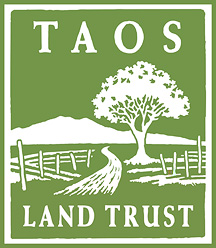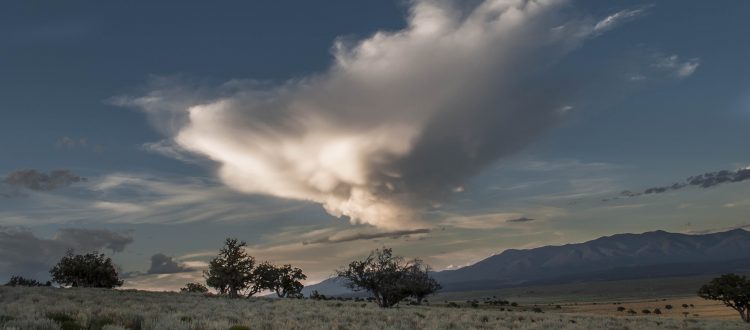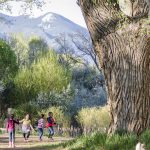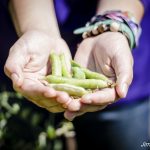The Economics of Conservation – Land Trusts are Economic Drivers
In some ways, the impact of our work as a land trust is obvious. There is the stunning view of our valley from the overlook south of town. That is something every Taoseño treasures when coming home from a trip to Santa Fe, Albuquerque or further afield. There are the wide vistas to Taos Mountain across the fields north of Overland Sheepskin Company or the rolling forested mesas of Wolf Springs Ranch on the drive to Tres Piedras. Visually, our work protecting Taos’ landscape is kind of hard to miss.
Perhaps not quite as visible are the economic benefits that come with preserving these lands and building a connection between land and community. As Taos grows and changes Taos Land Trust aims to be a partner in bringing the positive economics of conservation to Taos.
Even though most conservation easements are placed on private land, there are huge benefits to the community as a whole. These include water supply protection, flood control, fish and wildlife habitat, hunting, fishing, hiking, bird watching and other outdoor activities, carbon sequestration, erosion control, agricultural crop production – AND economic growth. HOW?
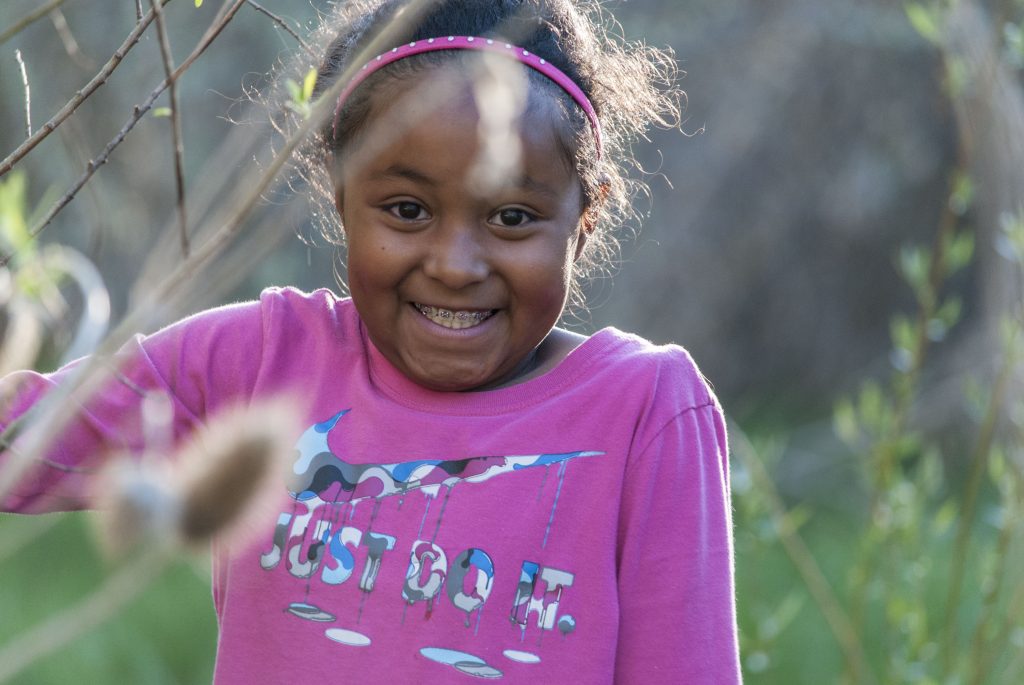
Tax Benefits
For those who have placed land under a conservation easement with a land trust there is an upfront tax benefit. By removing the land’s development potential, the easement typically lowers the property’s market value, which in turn lowers potential estate tax. In New Mexico landowners at any income level can qualify for a tax credit worth 50% of the appraised value of the conservation easement up to a maximum of $250,000. That means money in people’s pockets that can be spent in the community or saved to enhance economic security.
Property is More Valuable
When a community protects open space, that community becomes a more desirable place to be. People enjoy vistas, parks, recreational opportunities and accessible natural areas. A trip to Kit Carson Park or Fred Baca Park on any given day will prove this point. These amenities in turn make land surrounding these protected areas more attractive.
Travel and Tourism
Tourism is a key component of the Taos County economy. In fact, we are the most tourism-dependent county in the state. There is no mystery as to why people come to Taos. From the wilderness areas in our surrounding mountains to the National Monument in our backyard, the Taos economy is built on open space recreation. All those people coming for our amazing open lands spend money on recreational equipment sales and rentals, special events, food, lodging and so on. Our open spaces and parks attract visitors and locals alike, creating revenue for local businesses.
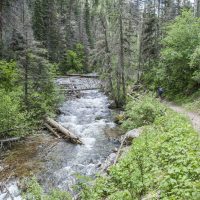
Attracting New Businesses
Increasingly, the American economy is dominated by tech and knowledge companies. These type of businesses are not tied to a specific location as manufacturers are. These businesses have more freedom in choosing where to locate.
We all know that Taos needs more jobs. A wide range of studies show that when many businesses consider relocating they increasingly take into account the quality of life in the places where they might want to relocate. A number of studies note that these types of businesses (that typically pay well above minimum wage) seek to locate in places with open space, parks and protected lands. It is the same with retirees. Retired people bring money into communities and, again, surveys indicate that they typically to live in a place where recreation opportunities are plentiful. Communities that fail to provide recreation opportunities for retirees tend to see their tax base erode when retirees leave the community.
Beyond just open spaces and parks both tech business and retirees look for towns that are walk-able or bike-able and while Taos is not quite there yet, we are working with our partners to make bike paths, sidewalks and trails more available to Taoseños.
Reduced Costs to Town and County
The fact is that sprawl development is expensive. It costs more to hook people up to vital infrastructure like water, sewer and electricity that more they are spread out. Not to mention the road building and other transportation issues. Compact or focused development reduces state and municipal costs on road maintenance and delivery of services from water to solid waste to transit, to fire and police protection and school buses. Taos needs to protect its most valuable landscapes while increasing its densification.
Support Farming and Ranching
Land conservation supports working landscapes on which many in our county depend.
Farms and ranches are sometimes referred to as “working lands,” because they produce products and value for communities. The category also includes forests that produce timber and other wood products in a sustainable manner. The Trust for Public Land points out that:
“Lori Lynch, an economist at the University of Maryland, studied what farmers do with the money they earn from selling development rights as part of farmland preservation. Farmers in Maryland who had participated in conservation programs were more likely than other farmers to have invested in their farm over the past five years and to have attended workshops to learn new technologies and enhance their farming skills. According to the research, money paid to the farmers for the easement purchases circulated back into the local economy via debt reduction, savings or farm investment, farm operation financing , or retirement investment. Some bought more land or equipment.”
Clean Water, Clean Air
Parks and conserved lands reduce storm water by capturing precipitation, slowing its runoff, and reducing the volume of water that enters the storm water system. Think of our Rio Fernando property and how our work to restore that wetland will increase clean water in our community and better manage the flow of that water.
Many communities have to build expensive infrastructure like drainage channels and storm sewers to deal with flooding from storms or big winter runoff. There is also the question of how to pay for and deal with nonpoint-source pollution caused when water picks up chemicals and contaminants from parking lots and other impermeable surfaces. As the impacts of climate change become more severe (think of Hurricane Harvey) a resilient community will need to rely on ecosystem services to deal with increased rainfall and other severe weather events.
Trees and shrubs in parks and open spaces remove air pollutants that endanger human health and damage structures. Trees and other vegetation promote air quality by taking up pollutants through their leaves and diffusing them into their cells.
Health
We all know that one key way to incorporate exercise into daily activity is to walk or bike for errands near home. However, many towns such as ours unfortunately do not facilitate easy exercise. As mentioned before, we are working with local governments and citizens to develop land use regulations, mapping and paths to shape our community into one where Taoseños can easily integrate exercise into daily activity. And our conservation work has a role too. Some of the land we have protected can eventually be used for greenways that support hiking, biking, and other human-powered transportation.
We’re all in this together. Taos Land Trust is a partner and resource in building a resilient and thriving future – and economy! – for our northern New Mexico community.
